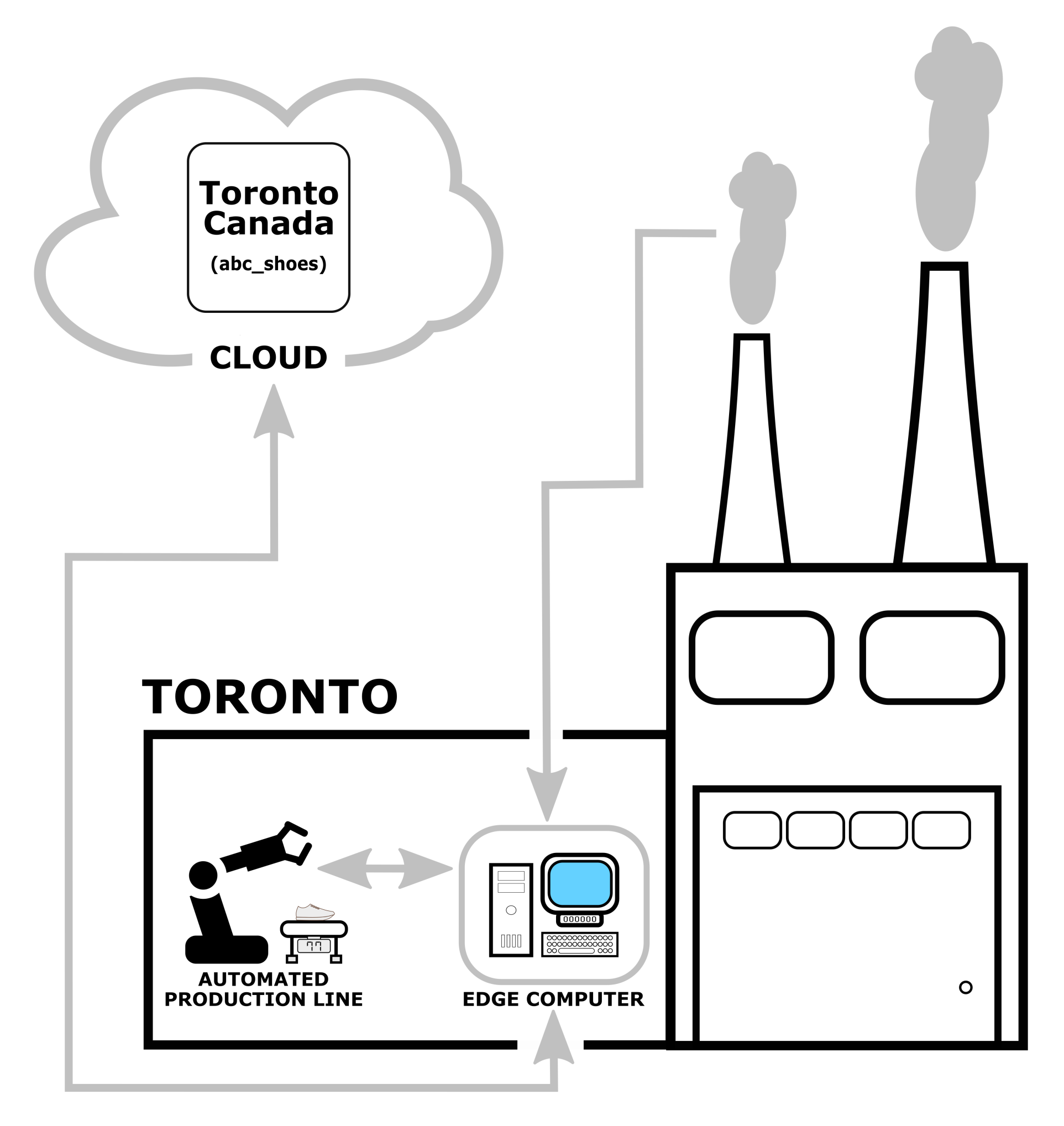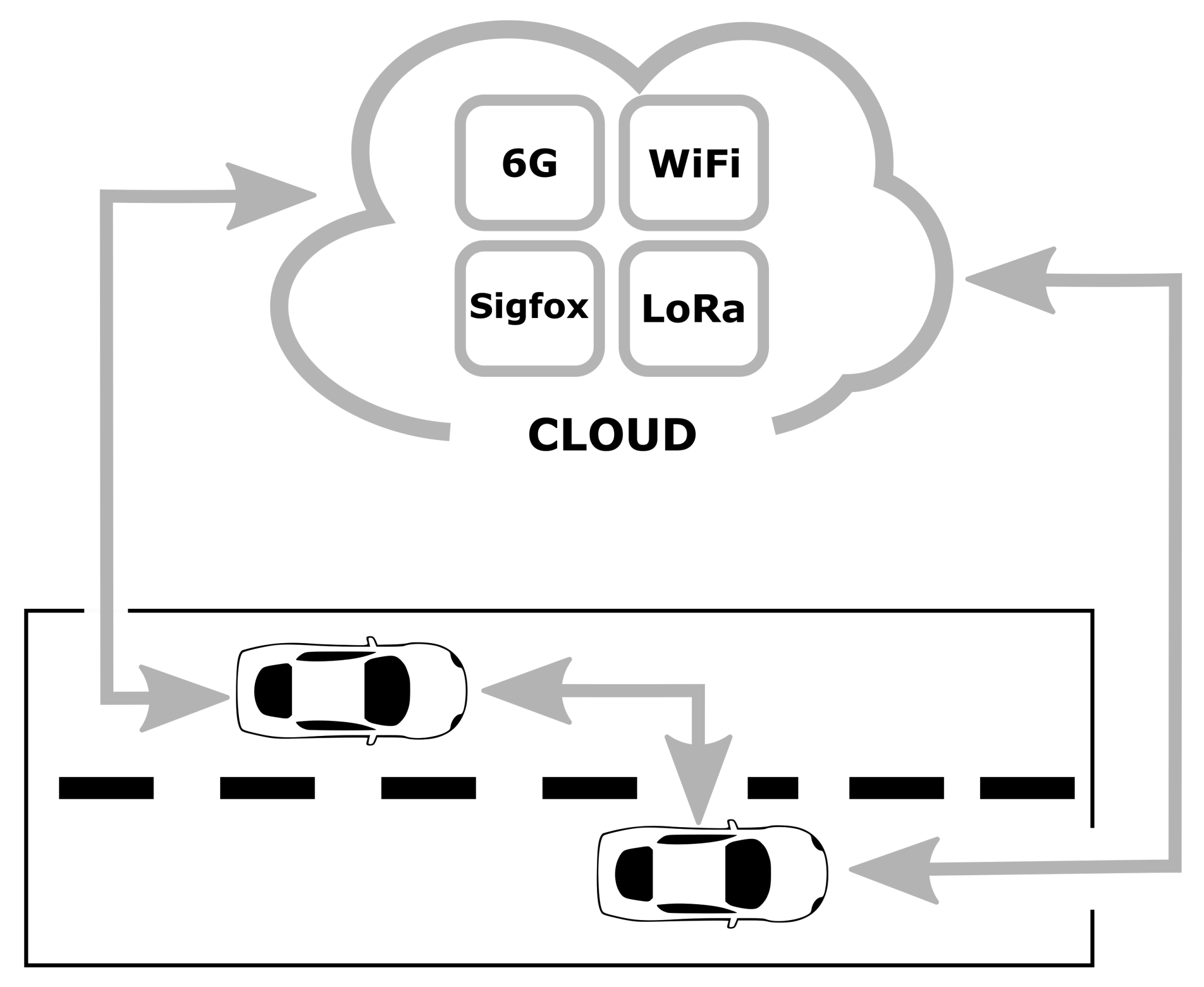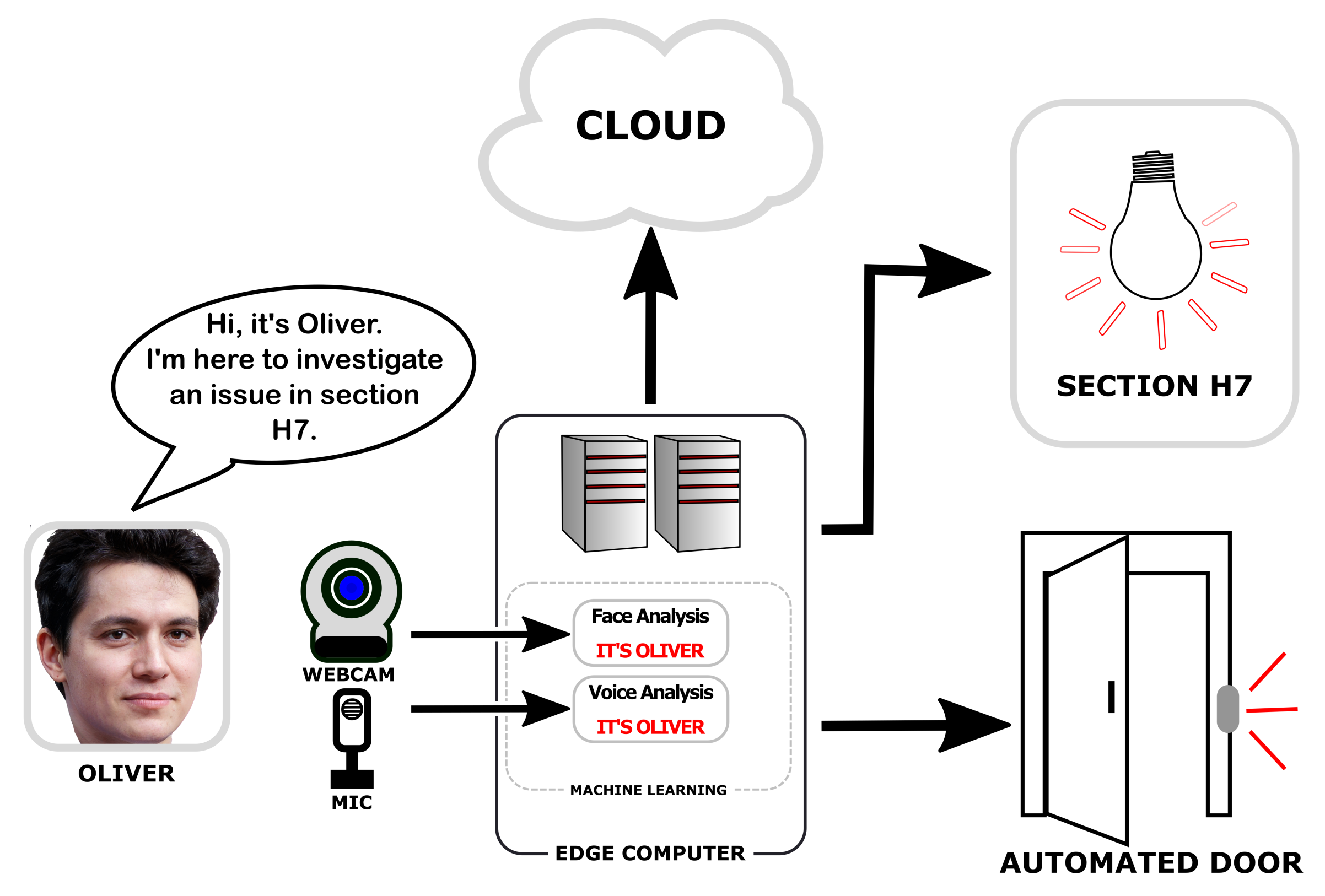The year is 2045. Oliver is late for work. He stayed out too late the night before and despite the constant droning from his alarm clock, he just couldn't wake up.
"Wake up, Oliver," his alarm clock would say repeatedly.
"Just 5 more minutes," an exhausted Oliver would respond.
Oliver is 24 years old. He is part of the New Baby Boom Generation that came into the world shortly after the great virus lockdowns of the early 2020s. Oliver works as a technician at an automated factory, not far from where he lives.
Factories in 2045 are not like the factories of today. For one thing, they exemplify lights-out manufacturing. Everything is automated. Robots do not need light to work, so most of the time the lights are off. Factories are no longer set up just to make one or two products anymore. Every factory is a Flex factory and can make pretty much any product. This allows for a distributed approach to manufacturing and supply chain management.
No longer does a product have to be produced months in advance and put on a big container ship, to travel thousands of kilometers just to reach its market. No longer are there lags in supply and demand that often result in a glut of unwanted inventory. Products are produced at almost the same time as they are needed and in a location close to the customer. Products may also be customized on demand. This zero-inventory and mass-product customization model reduces waste and improves customer satisfaction. Each factory is connected to every other factory but maintains its autonomy through the use of edge analytics. The following diagram shows such a factory:

Oliver works at the TORONTO factory, so named for its proximity to the metropolis that is Toronto, Canada. The population of Toronto has grown exponentially in the last couple of decades, so much so that the TORONTO factory is running 24 hours a day at full capacity.
In each automated factory such as the TORONTO factory lies a super-powerful edge computer. This edge computer handles communications coming from the cloud, such as orders and remote dashboard requests. It also monitors the pollution level emitted and turns on the pollution scrubbers so that only clean, breathable air leaves the smokestacks of the factory. In addition, the edge supercomputer communicates with the edge computers used in the automated production line.
On this particular day, orders for the latest shoes, ABC shoes, are coming into the factory. The marketing blitz was spectacularly successful, and automated factories throughout the world are working non-stop to produce the shoes.
Oliver spends his working day monitoring the online dashboards, which are generated by communication with the factory edge computer. It can be pretty boring, as everything runs smoothly the vast majority of the time and there is not a lot to do. Outside of the monthly on-site meetings with the other technicians, he is pretty much free to work remotely, communicating with his team through video chat.
He is late logging in and doesn't have time to groom himself properly. He knows he is going to be teased by his co-workers, so he just puts on a baseball cap and hopes that no one notices his lateness. He can barely keep awake as he scans his fingerprint to log in to his computer. Most of the time, he can slip into the dashboard system a little late without anyone making a fuss. However, this morning is different from other mornings. One alarm after another flashes on his screen. He joins the video conference midway and tries to catch up with the conversation that is already in progress.
"Nice of you to join us, Oliver!" splashes across the bottom of his screen. Oliver is awake now.
Production is falling behind schedule. A machine in section H7 has stopped.
A big drawback to inventoryless business models is the pressure it puts on production lines. Even a few minutes of delay can cost a company a lot of money. Oliver requests to take the lead and share his screen with the others, in an attempt to have his lateness immediately forgotten. He is granted permission.
He is able to remotely control a factory floor robot and display what the robot sees on his screen. He guides the robot to the problem area, as indicated by the dashboard alarms. Using the robot's infrared vision, he spots an issue with a power cord. Zooming in, he can see that the cord has been damaged. He guides the robot toward the cord to get a closer look. Theories as to the cause of the damage flash across the chat panel of the screen as the robot gets closer.
"RODENTS!" yells Oliver.
By now, Oliver is feeling pretty good about himself. He's wide awake and his lateness is now ancient history.
"OK," says one co-worker. "Someone has to go in and fix it."
"Where is everyone today?" asks another.
A map pops up on everyone's screen, showing the locations of all the participants on the video conference. Some of the participants look like they've really taken the remote thing seriously, and are located in parts of the world with much better climates than Toronto, Canada. Oliver doesn't feel so bad about being late once in a while.
"OK, who can get there the fastest?" asks one of the participants.
Another map pops up with driving directions and commuting times to the TORONTO factory for each of the video-conference participants. It would take a stopover flight in Chicago and a 2-hour Uber ride for Archie to get there. So, he's unavailable.
"Looks like you're the one, Oliver," says a chorus of relieved co-workers.
Oliver wasn't planning on commuting today. Sitting in his self-driving car for an hour isn't his idea of a good time, but this time, he gladly steps up to the task. At least he can catch up on some online training he has been putting off.
In 2045, self-driving cars are finally a reality. Many a political battle was waged before self-driving cars were accepted as the better option for increasingly crowded streets and highways. The following diagram shows a self-driving car network in 2045:

Each self-driving car contains an edge computer that reads sensory information such as the white and yellow highway lines and the location of other cars and objects around the car. The car's edge computer also communicates directly with other self-driving cars. The car can send geolocation and diagnostic data to the cloud and receive updates on road conditions and travel times. 6G is the preferred communication protocol when it is available. Wi-Fi is used when the car is parked at home or at the office. LoRa and Sigfox are used in more remote areas. Even though LoRa is now available throughout the entire world due to LoRa communication satellite launches in the 2030s, it is still used sparingly due to its limited bandwidth.
Oliver is a little hungry, so he grabs an energy food bar and heads to his garage. As he unplugs the car from its charging port, the lights inside the car turn on and the doors are unlocked. His video session is automatically transferred to the main screen in the car.
"If you don't mind, guys, I have some training to catch up on," Oliver says, as he minimizes the video-conference window on the screen.
"Go ahead," says the co-worker logged in from a cottage in the Florida Keys.
"Take me to TORONTO," Oliver says to the edge computer in the car.
"Right away," responds the edge computer.
"You should arrive at the TORONTO factory in 55 minutes and 29 seconds," adds the edge computer.
Oliver calls up the training video he's been putting off. After a few minutes, he can barely keep his eyes open. The video is so boring. Oliver falls asleep as his self-driving car heads toward the factory.
As Oliver sleeps, conversations are still going on in the video conference. An hour is a long time to respond to a production-line shutdown. Many start to worry about what the future will hold. When TORONTO first opened, there was always someone on site. Gradually, the factory was automated to the point where technicians merely needed to monitor the systems and could guide robots to fix any issues that would arise. No one could remember the last time a robot couldn't fix something.
Oliver is woken up by the car's edge computer.
"You have arrived, Oliver," says the car.
Oliver does not see a single person as he opens the car door. During on-site meetings, there are usually many people around. It is an eerie sight. Oliver walks up to the main doors. Keys are not needed as face and voice recognition are used to gain access to the factory. Oliver takes off his baseball cap and looks into the camera.
"Hi, it's Oliver. I'm here to investigate an issue in section H7," he says.
Within seconds, Oliver is identified as a valid visitor, and the automated door opens. The following diagram shows an automated door system:

The machine learning algorithms that recognize Oliver also recognize the path Oliver should take to get to section H7. The walkways leading to H7 are lit up, guiding Oliver to the affected area. The online factory dashboard is updated, informing Oliver's co-workers of his arrival at the factory. His co-workers are relieved.
Oliver finds the faulty plug, and within a few minutes is able to change it for a new one. The production line in section H7 starts up again. Oliver documents his work on the company database, using his phone. He makes a note of the difficulty the current factory-floor robots have with changing cords and suggests an upgrade. He also recommends bringing in an exterminator to deal with the rodents. His notes will be brought up at the next on-site meeting.
The factory edge computer illuminates Oliver's path out of the factory. He jumps in his self-driving car and heads home.
Oliver goes to bed early that night.
